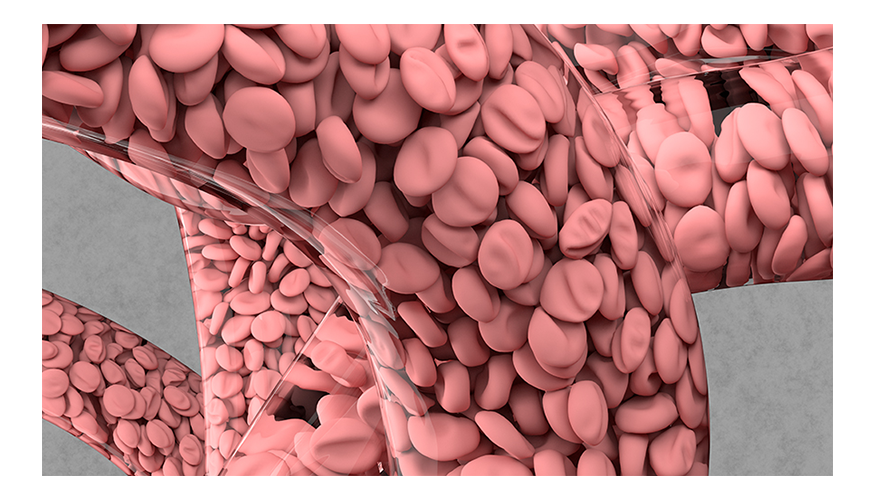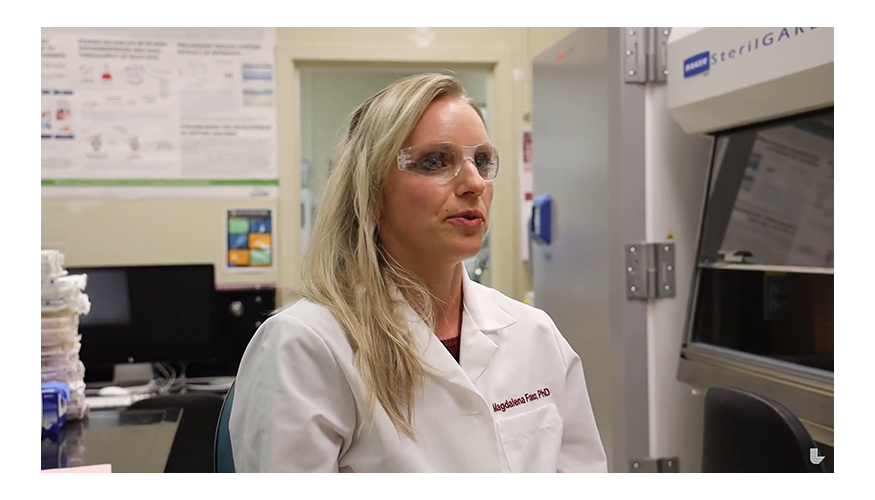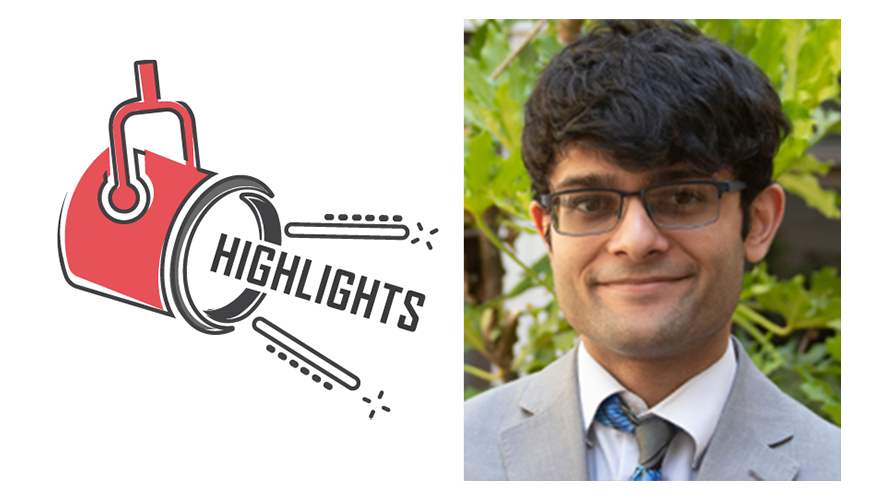Sept. 1, 2020

3D Printing Meets Machine Learning
Two-photon lithography (TPL)—a widely used 3D nanoprinting technique that uses laser light to create 3D objects—has shown promise in research applications but has yet to achieve widespread industry acceptance due to limitations on large-scale part production and time-intensive setup.
LLNL scientists and collaborators are using machine learning (ML) to address two key barriers to industrialization of TPL: monitoring of part quality during printing and determining the right light dosage for a given material. The team developed an ML algorithm trained on thousands of video images of TPL builds to identify the optimal parameters for settings such as exposure and laser intensity and to automatically detect part quality at high accuracy.
Principal investigator and LLNL engineer Brian Giera stated, “We made an algorithm that automatically processes the video to quickly identify what’s good and what’s bad. And what you get for free out of that process is an algorithm that also operates on real-time quality detection.”

Modeling Aortic Blood Flow
One of the most common congenital heart defects, coarctation of the aorta (CoA) is a narrowing of the main artery transporting blood from the heart to the rest of the body. It affects more than 1,600 newborns each year in the U.S. and can lead to health issues such as hypertension, premature coronary artery disease, aneurysms, stroke, and cardiac failure.
To better understand risk factors for people with CoA, a large team of researchers, including former Lawrence Fellow Amanda Randles, now of Duke University, and her LLNL mentor Erik Draeger, combined ML, 3D printing, and high-performance computing simulations to accurately model blood flow in the aorta. Using the models, validated on 3D-printed vasculature, the team was able to predict the impact of physiological factors such as exertion, elevation, and even pregnancy on CoA, which forces the heart to pump harder to get blood to the body. The work was published in the journal Scientific Reports.
Draeger noted, “One of the interesting things about this type of study is that, until you can do this level of simulation, you have to go by average results. Whereas with this, you can take an image of the aorta of that specific person and model the stress on the aortic walls.” (Shown at left is a simulation of arterial blood flow using HARVEY. Visualization by Liam Krauss/LLNL.)

Recent Research
- Resources to Readiness Project. A team of LLNL scientists used statistical and machine learning techniques to find relationships between costs and a F/A-18 fleet availability by mining 6 million maintenance records and 320 cost accounts over a 20-year period.
- Advancing healthcare with data science. This video provides an overview of projects in which LLNL data scientists work with domain scientists to address major challenges in healthcare. This video will be shared at the upcoming KDD Conference (August 23–27), at which the DSI is sponsoring Health Day.
- Hurricane dataset for deep-hurricane-tracker model. The DSI’s Open Data Initiative includes a new dataset of 20-year-long records from 1996 to 2015 of the Community Atmospheric Model version 5 (CAM5).
- Unsupervised audio source separation using generative priors. This preprint describes an approach that simultaneously searches in the source-specific latent spaces to effectively recover the constituent sources.

Students Shine at Summer Slam
With LLNL internships being conducted remotely this summer, the traditional Student Poster Symposium was replaced by the Summer SLAM! event. Several DSSI students participated on August 3. The virtual poster symposium allowed students to showcase their work to peers, mentors, and reviewers, who provided feedback on the presentations. Topics ranged from networked satellites and combustion simulations to sensor networks and cyber security.
Virtual Seminars
In the DSI’s first July seminar, Dr. Abel Rodriguez from UC Santa Cruz presented “Data and Ethics: Old Issues and New Challenges.” He discussed ethical considerations in a world of big data, including informed consent, confidentiality, and privacy. The talk highlighted recent case studies concerning the ethics of data collection, management, and analysis—as well as these topics’ relevance to the national labs.
A second seminar was “Marrying AI and Physics Towards Accelerated Discovery” given by Dr. Payel Das (shown at left) of the IBM Thomas J. Watson Research Center. She introduced a closed-loop paradigm to accelerate scientific discovery, seamlessly integrating machine learning, physics-based simulations, and wet-lab experiments. Dr. Das also examined the importance of adding creativity, robustness, and interpretability to machine learning models to enable and add value to AI-driven discovery.
The next seminar will feature Dr. Aleksander Madry from MIT, who will discuss how machine learning models learn and are evaluated.
Publication Awards
The 2020 Deputy Director’s S&T Excellence in Publication Awards acknowledge outstanding scientific and technical (S&T) publications by LLNL staff. Winners are judged to have an especially significant impact on the external S&T community or important LLNL missions, such as these with data science impacts:

Meet an LLNL Data Scientist
Amar Saini works with deep learning and neural networks. Recently he explored a denoising model that removed background noise from voice audio by converting the audio to images, then used neural networks to remove distortion and convert the image back to audio. Last fall, he traveled to Copenhagen to give a talk at the ACM Conference on Recommender Systems. Saini is active on the FastAI and PyTorch forums, volunteers with Girls Who Code, and helps organize hackathons. With an M.S. in Electrical Engineering and Computer Science from UC Merced, he joined LLNL in 2019 after a DSSI internship.





